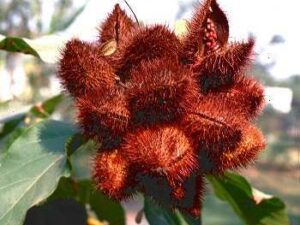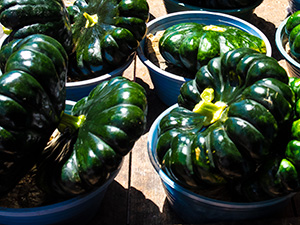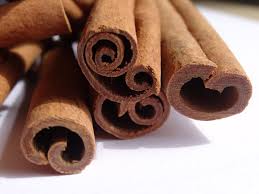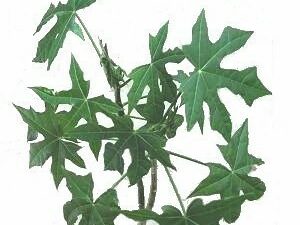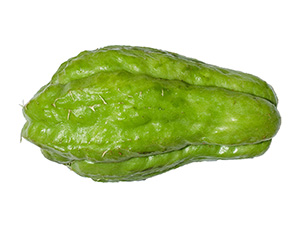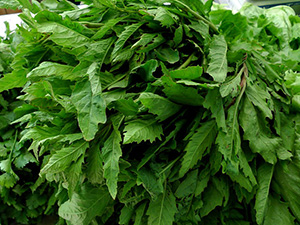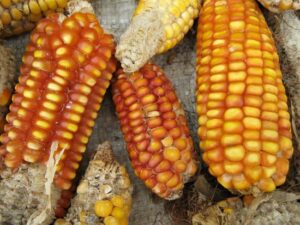Achiote
These prickly pods that grow on bushy trees throughout Yucatán hide bright red seeds with many uses. For centuries, achiote has been closely associated with the foods and traditions of the Maya, who employed it as a paint and dye. Its use continues in Yucatán cuisine as an important ingredient in meat marinades and even as a colorant in tamales.

